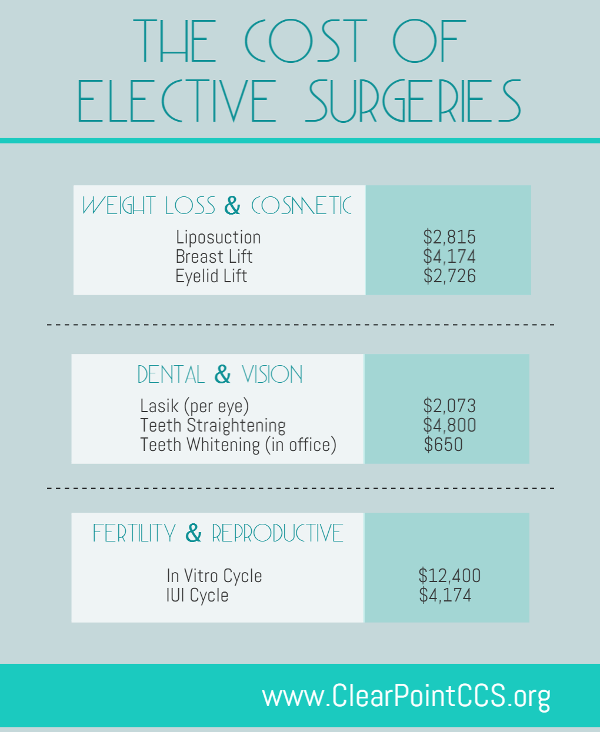How To Get Rid Of Ice Pick Scars
How To Get Rid Of Ice Pick Scars
Blog Article
Acne Scars and Post-Acne Treatment
Acne scars and dark marks can remain also after the acne itself has gotten rid of. However there are numerous all-natural, non-prescription and medical therapies that can minimize their appearance.
Ice choice marks are little impressions that appear like pinpricks; rolling scars have a wave-like look and superficial depth; boxcar scars have clear sides; hypertrophic marks are elevated bumps. Therapies consist of skin needling, where your medical professional rolls a needle-studded tool over the skin; and medical excision, when a medical care expert eliminate deep marks.
1. Exfoliate
Acne scars fade best when they aren't covered with dead skin cells. Exfoliation removes the buildup and allows fresh skin cells to come to the surface. It additionally makes acne marks much less recognizable.
A dermatologist can recommend exfoliation methods for your specific skin kind. Dry skin might benefit from exfoliation with scrubs or other mechanical methods, while oily skin might require a chemical peel. Those with darker complexion require to be cautious utilizing stronger chemical treatments, as they can cause dark places and level of sensitivity.
If you have acne marks, prevent choosing or squeezing at them, which can make them worse. Swelling brought on by inflammation enhances the possibility of scarring. Picking can leave ice-pick scars, which are slim impressions with a point at the end. You can additionally obtain boxcar marks, which are imprints with wider edges. You can additionally create hypertrophic or keloid marks. These are increased bumps of scar cells that can be scratchy and excruciating.
2. Hydrate
After finishing your acne therapy, keeping skin clear and healthy requires a regular skin care routine that safeguards from outbreaks and lowers post-acne marks. This consists of a gentle cleanser and moisturizer, non-comedogenic items that do not block pores, and preventing foods that irritate skin or trigger acne flare-ups.
Making use of a light-weight, non-comedogenic moisturizer with ingredients like hyaluronic acid and glycerin can aid moisten skin while likewise enhancing skin texture and promoting recovery. Try to find a product that is formulated without scent or parabens.
A product that targets lingering acne marks with active ingredients such as skin-brightening tranexamic acid and bakuchiol can boost dark spots or uneven tone brought on by inflammation. It gently resurfaces the skin while smoothing rough and textured locations. A product that combines a retinoid and a plant-based retinol alternative can additionally enhance the appearance of much deeper scars while simultaneously targeting existing blemishes and protecting against future breakouts.
3. Cover Up
As soon as your acne marks heal, you can conceal them with makeup and a concealer. Just see to it you're only using the product over scars that are totally healed (not fresh ones), claims Sotomayor. After that, finish your appearance with a strong lip color or declaration smoky eyeshadow for optimal impact.
When it involves selecting a foundation or colored moisturizer, it's important to choose one that is noncomedogenic and oil-free. This will aid keep your skin clear and prevent the obstructing of pores that can result in brand-new breakouts.
The very same opts for selecting a concealer. Try to find a formula that provides complete insurance coverage however still really feels light-weight and blendable on the skin. Likewise, when covering up indentations from acne marks, it's a great concept to discover a color that matches your all-natural skin tone (as opposed to a color lighter or darker). This will aid conceal the indents more effectively. This beneficial balm is an outstanding alternative for brightening and lightening post-inflammatory hyperpigmentation, which can be caused by acne or various other inflammatory skin problem. It contains moisturizing panthenol, softening shea butter and strengthening peptides that minimize redness and flaky texture.
4. See Your Skin doctor
The scars that develop from extreme acne typically call for treatment by a medical professional or dermatologist. Prior to that can happen, though, a person should have their acne in control. This consists of not selecting or squeezing acne areas, and making use of gentle cleansers and water-based non-comedogenic items that won't block pores.
If pharmacy cleansers and spot treatments aren't removing your skin, routine an appointment with a skin doctor. The skin specialist can recommend other therapies that aid remove your skin without drying it out or irritating it.
A dermatologist can also deal with various other kinds of post-acne marks, consisting of dark areas that are a type of hyperpigmentation called PIH (post-inflammatory hyperpigmentation). A topical retinoid like adapalene can noticeably lighten these marks and fade them promptly. For various other kinds of scars, the medical professional can recommend a more extensive therapy. This could consist of microdermabrasion or chemical peels that are done right in the medical facilities near me workplace. Depending upon the severity of your marks, these treatments might require to be repeated.